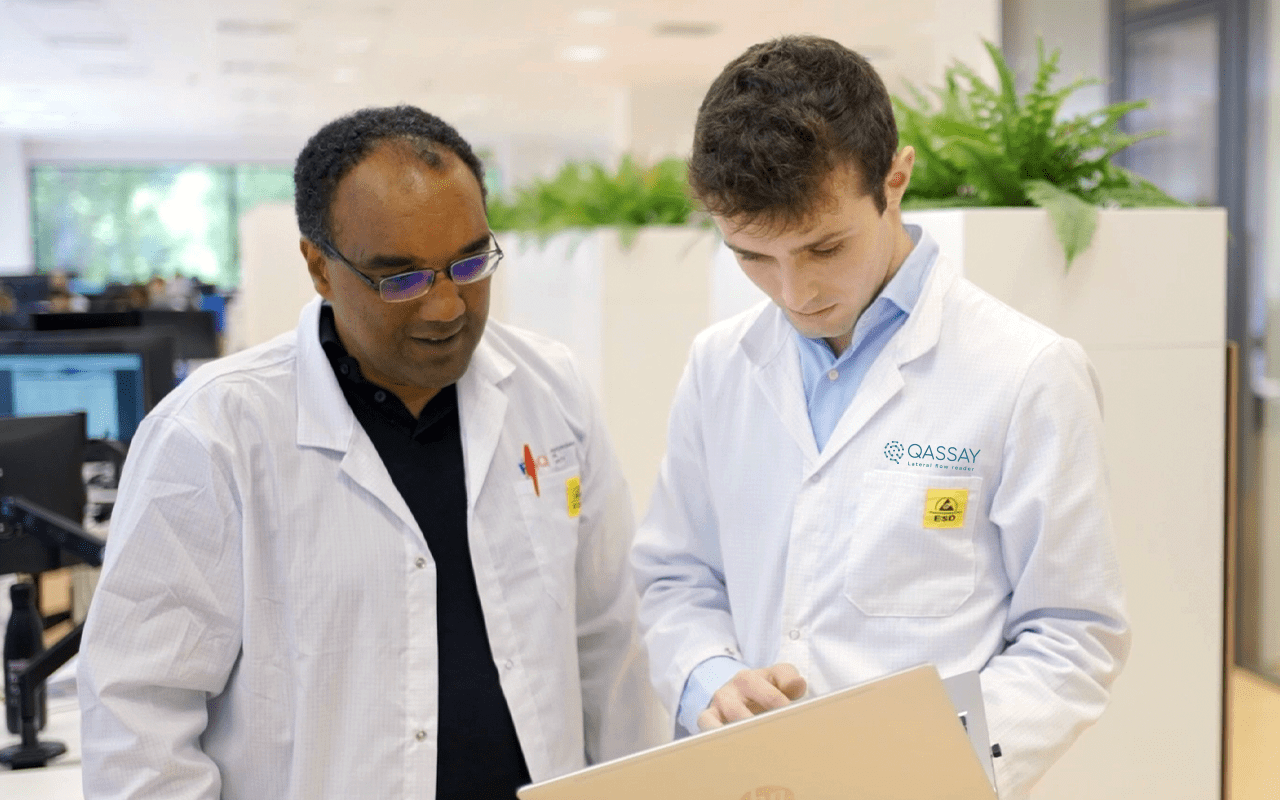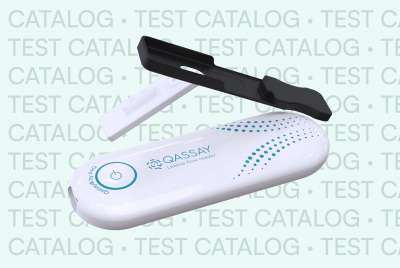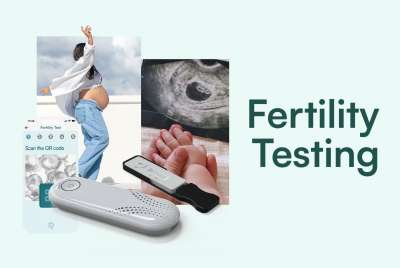Qassay lateral flow reader and its ecosystem is very simple and intuitive, and we always accompany our customers in their first steps. In this article, we have compiled some of the most frequently asked questions by our customers, which we find very interesting for understanding the Qassay digital health ecosystem.
How does the reader work?
The reader measures light intensity through the combination of LEDs and a spectrometric sensor. The smartphone app acts as a User Interface, guiding the user in taking the correct steps. Data is sent to the mobile app and then to the cloud, where our mathematical models process the data and return a result.
Why manual extraction?
Using a manual extraction method, rather than a motorized extraction, helps the device to be cost-effective while maintaining the repeatability and sensitivity of a motorized device. The raw data captured by the sensor is processed by our algorithms so that speed is not an influential variable.
How can I test the reader?
Before testing the reader, we need to design an adaptor tray for each cassette. Once the cassette is designed and 3D-printed, there are 2 choices to proceed with calibration.
Sending a 100 tests with a positive control for calibration and an independent validation at a 3rd party lab. This procedure is official, and the results can be used for regulatory purposes.
- If samples can’t be sent to Qassay, a few sample readers will be sent for remote calibration to your facilities. Complete the form to contact our sales team.
- Which functionalities does the cloud platform have?
Qassay´s cloud platform enables companies to manage their devices, tests, batches, and users more efficiently. The platform is built on AWS and has a REST API to integrate with 3rd party applications.
Is the reader reusable?
The reader is fully reusable, as it has a USB-C rechargeable battery.
What is the regulatory status of the Qassay lateral flow reader?
The Qassay Lateral Flow Reader is CE marked under the CE-746 IVDR, as a Class A instrument.
What can be measured with Qassay?
There is a wide range of biomarkers that can be measured with Qassay, from cardiovascular diseases to lifestyle markers such as Vitamin D, Ferritin, and various hormones. Other notable applications are infectious diseases, metabolic diseases, fertility, and much more.





